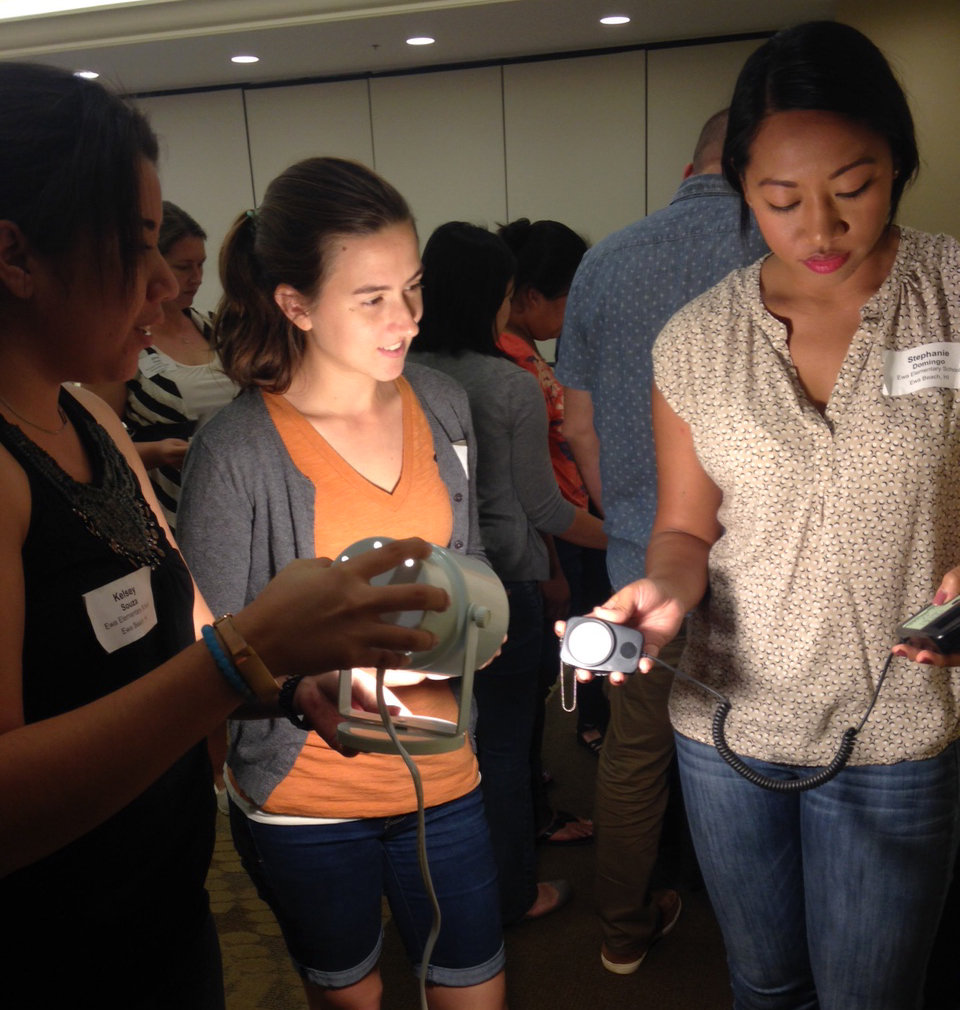Did you know that the state of Hawaii has set a goal that by the year 2040, 100% of the state’s energy needs will come from renewable sources? That’s a pretty serious goal, one that is unmatched by many of our 50 states. Over 80 percent of Hawaii’s energy comes from petroleum, much of which is used for electricity generation and transportation. Because of the islands’ unique and beautiful geography, renewable energy sources such as wind, solar, and geothermal are abundant, but are the only sources naturally available. Renewables, however, make up only 10% of Hawaii’s energy consumption. Consequently, 90% of the energy Hawaiians use must be shipped into their ports and near off-shore facilities. Hawaiians, on average, pay $0.26 to $0.40 cents per kilowatt-hour of electricity – nearly three times the national average! For many folks that live in this beautiful island state, energy is a very real cost and concern. But how will they manage to meet their current and future demands while reducing their costs and dependence on petroleum?
NEED is proud to partner with Hawaii Energy to provide Hawaiian teachers and keiki – that’s Hawaiian for children – with a program that will engage them in understanding how energy is used on the islands, and most importantly, how students, families, and schools can work together to save energy, benefitting their wallets and the islands. Energy education is just one important step in helping Hawaiians meet their energy goals.
Last week, Hawaii Energy and NEED kicked off their 2015-2016 program year with two workshops on the island of Oahu. Nearly 100 teachers came together over the two days to learn more about energy consumption in their schools and homes and how it relates to energy use on the islands. Teachers began the workshop with a NEED’s Change-a-Light Bingo, and a welcome from Hawaii Energy sponsor, Chelsea Harder. Throughout the day, participants explored how different parts of a building can use and waste energy. Teachers measured this energy use with tools from NEED’s Monitoring and Mentoring Kit, such as hygrometers, light meters, and Kill-A-WattTM meters. Participants had a great time testing out the various tools throughout the workshop space and discussed strategies for using the tools and related activities with students in the classroom setting. The groups also played NEED’s Energy Web Game to explore how all of the parts of a building system work together.

Participants also got to chat with mentor teachers and teacher advisory board members in the Hawaii Energy program. Laura Cummings, Krista Keiser, and Ku’ulei Tengan, three local teachers, all shared about how their students engage in the activities and shared strategies for success in teaching about energy. The workshop also exposed teachers to additional Hawaii Energy programming that can not only help them teach energy in the classroom, but also reduce their costs as individual consumers. Tori Suarez from the Hawaii Department of Education’s Ka Hei program, also stopped by to share about exciting PD opportunities for teachers, as well as programs that will help schools to couple energy education and STEM learning with the DOE’s updates to school facilities.
As participants in the program, teachers who attended will receive NEED’s Monitoring and Mentoring Kit and guides for their classroom, Hawaii Energy Conservation Contract, mentor teacher support, and more. Teachers will also have the opportunity to apply for additional programming. One such program provides applicants with all the materials they will need to host an Energy Expo or carnival in their building. Energy Expos are a great way for students to share their energy knowledge gains with their community. Another program option provides teacher applicants and their students and families with home energy savings kits. These kits contain energy efficient devices like LED bulbs, showerheads, and smart power strips, that will help students incorporate their classroom learning into their homes. So much fun!
NEED loves working with Hawaii teachers! The Aloha spirit is a real thing, and we are so thankful to be welcomed back in February for more workshops on Maui and Hawaii (The Big Island). We wish our Oahu teachers well as they unpack their kits and get started energizing their students with energy activities. Mahalo to all those who participated – it was a wonderful few days!
Aloha for now, Hawaii!
